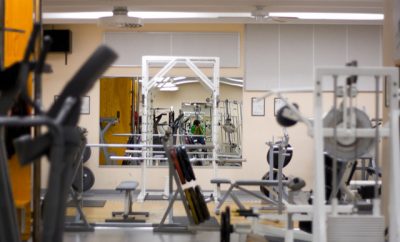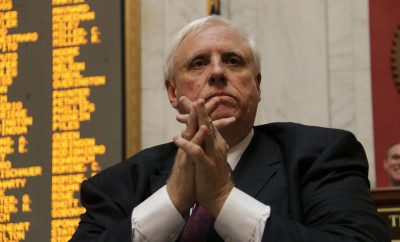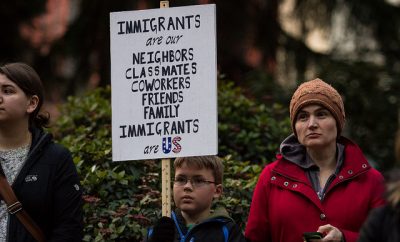 Image courtesy of Denna Jones; License: (CC BY 2.0)
Image courtesy of Denna Jones; License: (CC BY 2.0)
World
Will Riots Engulf the Parisian Suburbs Once Again?
Earlier in February, a French police officer was charged with raping a 22-year-old man with no criminal record during a violent arrest at the Aulnay-sous-Bois housing estate, located in the Parisian suburbs. Three other officers were charged with assault during the same arrest and all four officers, who denied the charges, have been suspended. However, the suspension has not satisfied the desire for justice in the banlieues, the suburbs of Paris that are often compared to the ghettos of American cities, areas of primarily low income housing that the far-right National Front have condemned as hotbeds of crime. The rape of the young man arrested in Aulnay-sous-Bois month has sparked mass protests across multiple suburbs.
Protesters clashed with police, and French academics are concerned that these protests may just be the precursor to riots on a greater scale, especially with the presidential elections just two months away. The victim, identified only as Theo, has asked the public to obey the law and not turn to violence, in a statement reminiscent of Rodney King’s “can’t we all get along” comments in 1992.
Conflict between the police and residents of the banlieues is always colored by the legacy of the 2005 riots, which began with the death of two teenagers who were electrocuted while hiding from the police in a power station. Young people took to the streets across multiple cities, burning buildings and cars, fighting police officers and even in ransacking the police station of Aulnay-sous-Bois. An estimated 3,000 people were arrested and a state of emergency was declared for several weeks. Thousands of extra police officers were called to duty and the images of burning neighborhoods were broadcast worldwide, painting the banlieues as almost apocalyptic.
The suburbs contain a diverse mix of incomes and ethnicities but in the past several decades they have become symbols of violence, unrest, and inequality. The Muslim and immigrant populations of the suburbs have frequently been vilified by politicians from across the country, who associate them with both acts of terrorism and petty crime. The revelation that Samy Amimour, one of the shooters in the November 2015 Paris attacks, came from the banlieues, added fuel to the fire.
This culture of fear combined with soaring unemployment rates has increased the isolation of the suburban population. Although the 2005 riots may have made the world sit up and take notice of the banlieues, they did not garner the community respect or sympathy from politicians or the greater French public. The riots only served to increase fear of the suburban population, to the point that any protest, even a justified one, is automatically considered to be a potential riot. The potential for a riot is by no means nonexistent but the fear of the banlieues has reached the point where even peaceful protest is feared. In an era where the far right is steaming ahead as a seemingly unstoppable force, the voices of the banlieues are getting pushed out of the traditional political sphere. When excluded from normal channels, populations have always relied on civil disobedience–but no one seems willing to frame the protests in the banlieues as such because of the pervasive legacy of 2005.








Comments